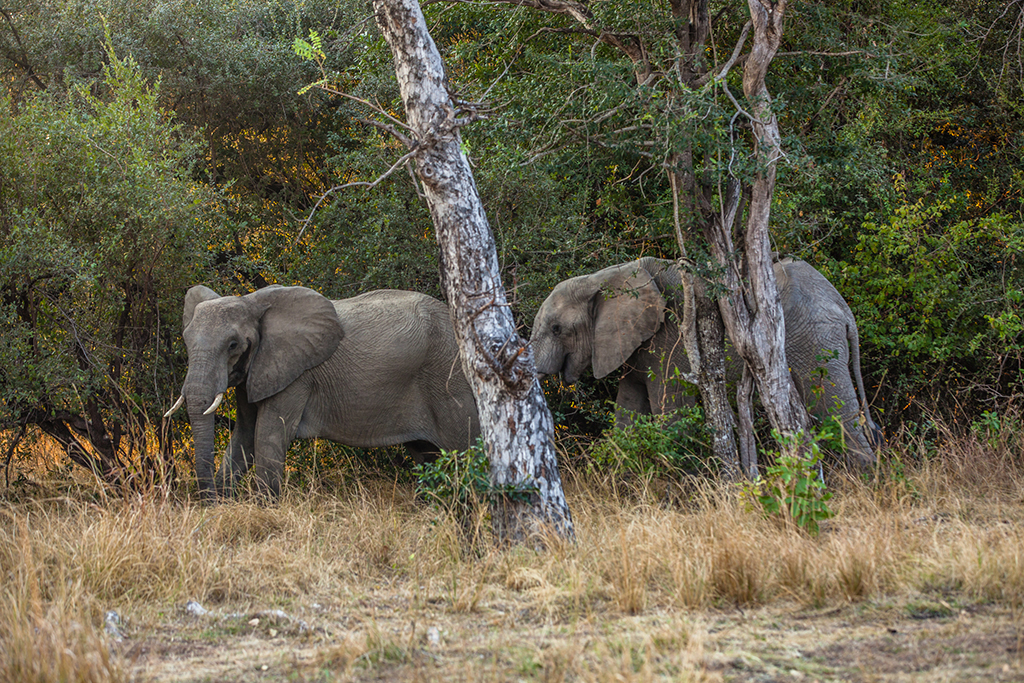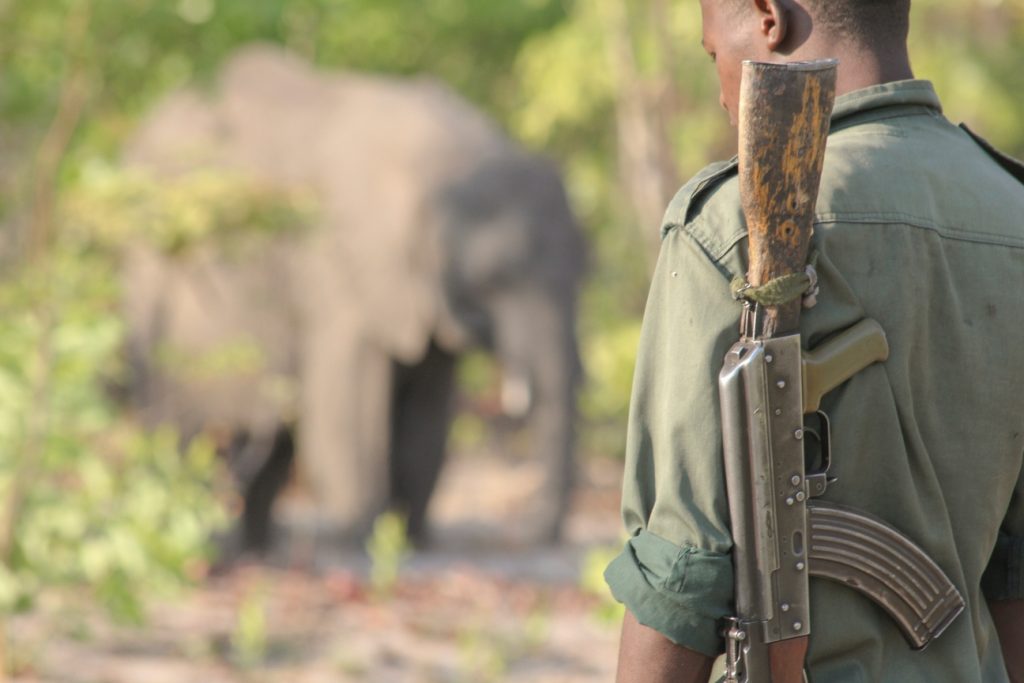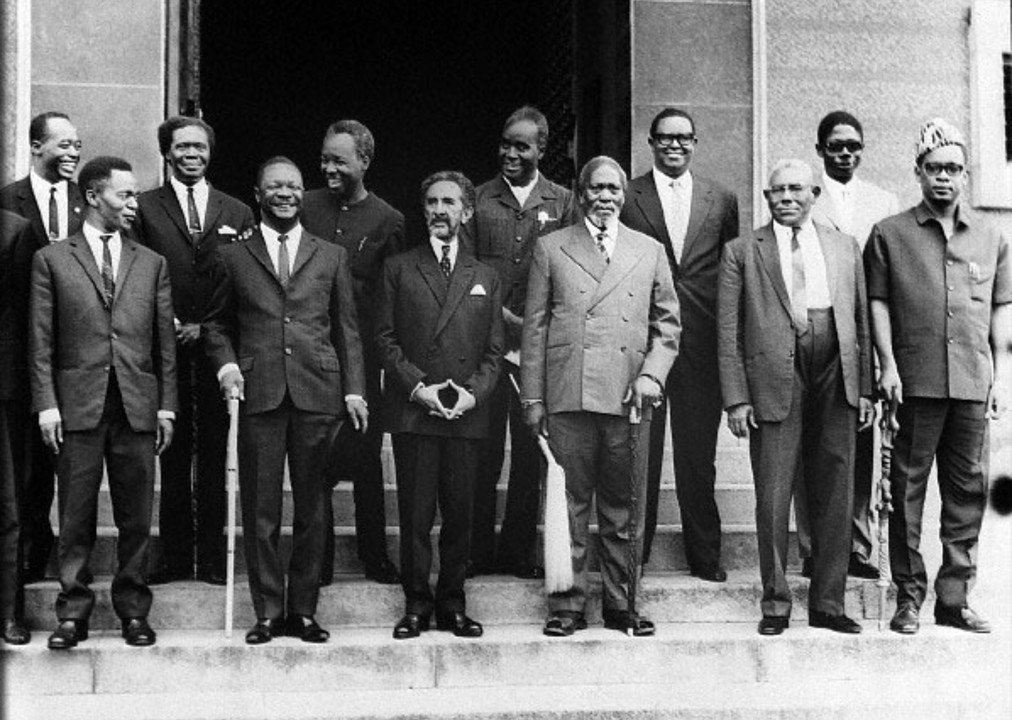Zambia is home to unique wildlife, with several species endemic to the country. From large predators like lions and leopards to the smallest insects, Zambia has diverse fauna that makes it a wildlife lover’s paradise.
Unsurprisingly, with some of the most remarkable wildlife on the African continent, Zambia is now considered one of the best destinations for wildlife viewing and photographic safaris.
Two of its claims to fame are being home to the world’s largest mammal migration (the bat migration in Kasanka National Park) and Africa’s second-largest wildebeest migration. Zambian conservationists have also made phenomenal progress in restoring endangered wild dog populations in the Luangwa Valley. Concerted efforts have also been made to protect the country’s once-thriving rhino populations. To this effect, an increasing number of Zambian conservationists are gaining global recognition for their work.
By promoting sustainable tourism and wildlife education, we can help protect Zambia’s fauna and ensure that future generations can enjoy them as well. World Wildlife Day, celebrated on the 3rd March of every year, is a great time to recommit to conserving our natural heritage. The day was first celebrated in 1973, making this the 50th anniversary of the most momentous day dedicated to celebrating and preserving the world’s wildlife and (plant life). One of the critical factors in conservation is learning about the natural world around us.
So in the spirit of World Wildlife Day, let’s explore some unique wildlife found only in Zambia.

1. The Zambian barbet
The national bird of Zambia is the African fish eagle. Still, the Zambian barbet occupies a special place in the country’s history and is the only bird species exclusively found in Zambia. Many Zambians don’t know this, but the barbet features on the country’s money; the bird is depicted on the country’s one kwacha coin.
One unusual thing about the Zambian barbet is that while birds typically create a grass or stick nest, the barbet stands out because it makes its home by digging cavities into branches of the mukuyu tree. The Zambian barbet is found chiefly in the region of the upper Kafue River and is threatened by habitat loss. However, efforts are being ramped up to protect the Zambian barbet and knowledge of its unique status as the only endemic bird species in Zambia is increasing.

2. Thornicroft’s Giraffe
The giraffe is an iconic African animal that can be seen towering over the continent’s captivating landscapes. The Thornicroft’s giraffe is a subspecies of the giraffe found only in the Luangwa Valley in Zambia.
The giraffes in the Luangwa Valley were geographically isolated from the other species as the Great Rift Valley began to form. They evolved to have distinct markings, which typically do not extend below their knees. They are also smaller than other species of giraffe. This giraffe is characterised by a unique coat pattern with irregular, blotchy patches separated by fine white lines. The Thornicroft’s giraffe is considered an endangered species, with only around 500 individuals left in the Luangwa Valley.


3. Lechwe
The black lechwe and the Kafue lechwe are two semi-aquatic species of antelope found only in Zambia. The black lechwe can be located in the Kafue Flats (Lochinvar and Blue Lagoon National parks are within the Kafue Flats) and Bangweulu swamps in northern Zambia. The Kafue lechwe is found only in the Kafue Flats. These antelopes have long, slender legs and can run gracefully through the water. Both species love water, and few things can compare to the sight of them galloping through Zambian wetlands. The black lechwe is smaller than the Kafue lechwe and is further distinguished by its darker coat.

4. Cookson’s Wildebeest
Cookson’s wildebeest is a subspecies found only in the Luangwa Valley in Zambia. The mysterious yet beautiful creatures have larger bodies and more prominent horns than the more common blue wildebeest and have lighter coats. Cookson’s wildebeest is considered a vulnerable species, with an estimated population of only 8,000. On rare occasions, they have been known to leave the Luangwa Valley and cross into Malawi briefly, but they always return home to the valley.

The Luangwa Valley has the densest wildlife population in all of Zambia and inspired Zambia’s first president, Dr Kenneth Kaunda. He was known as a nature lover, and the Luangwa Valley was one of his favourite locations to explore during holidays. During a trip to Luangwa Valley, he turned to his friend and conservationist David Shepherd while viewing a herd of elephants and said, “We must have places like this and witness such wonders to truly sort out our priorities.” Dr Kaunda and countless other citizens who understand the value of our natural resources have worked tirelessly to protect these resources, including Zambia’s unique wildlife. World Wildlife Day, among other days, is an excellent opportunity to learn more about our wildlife, celebrate its beauty and renew our commitment to protect the animals that form part of our heritage.















